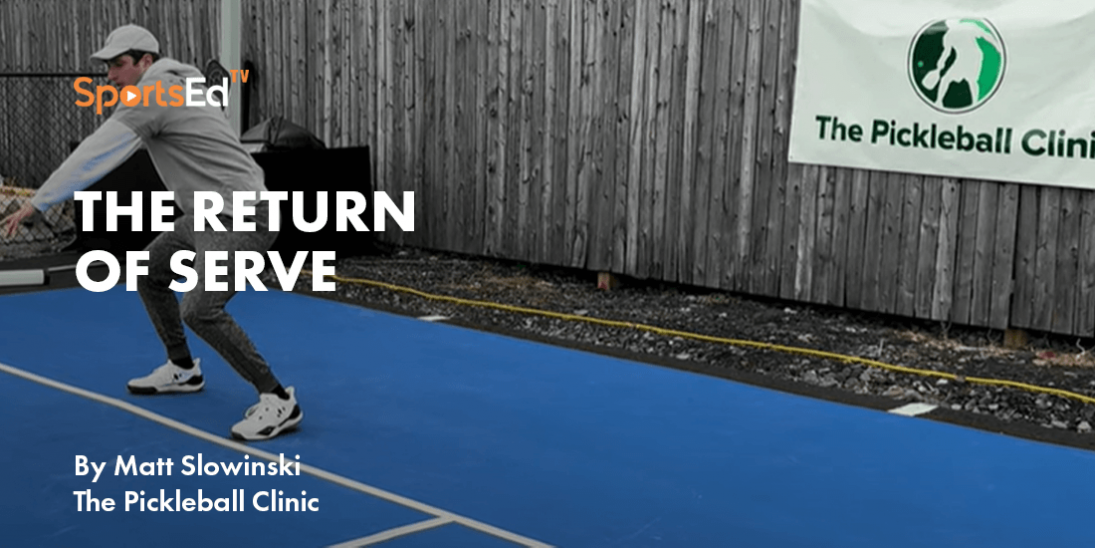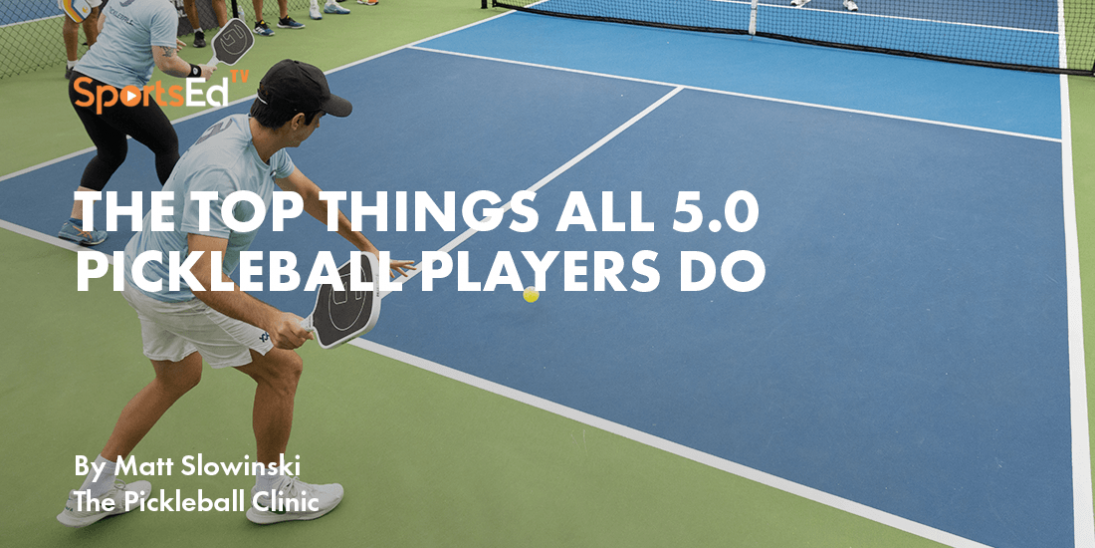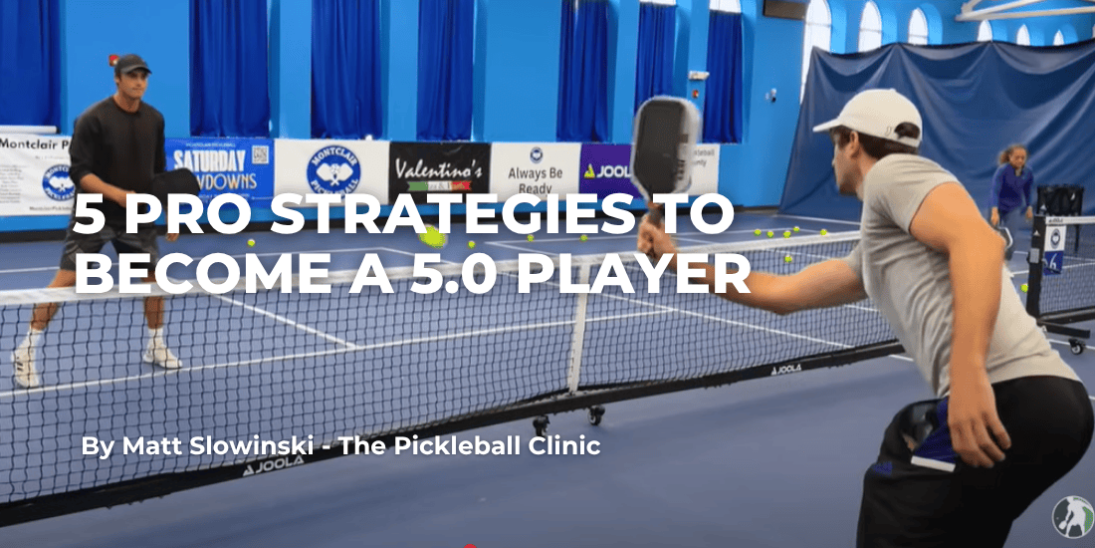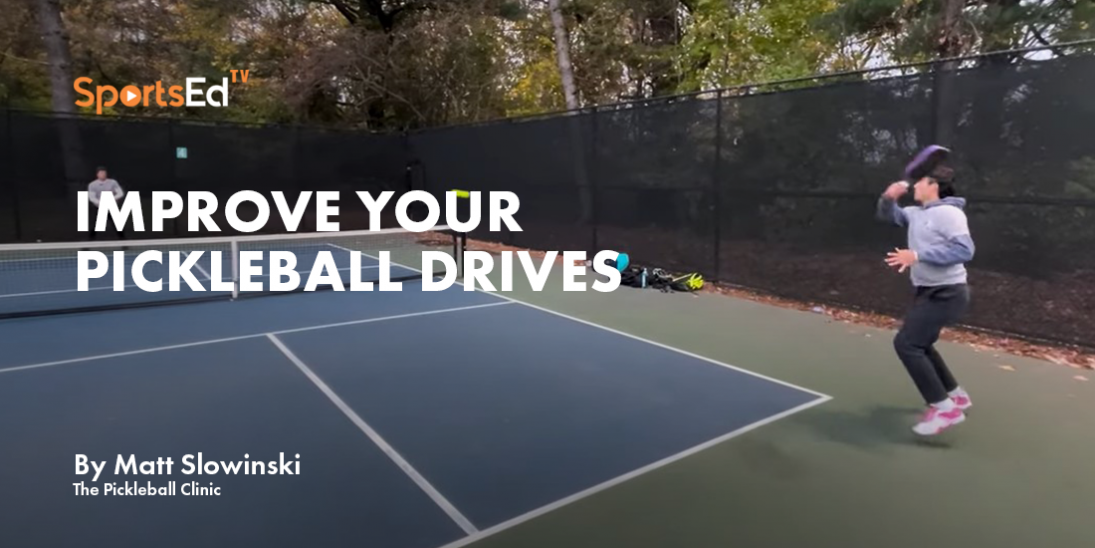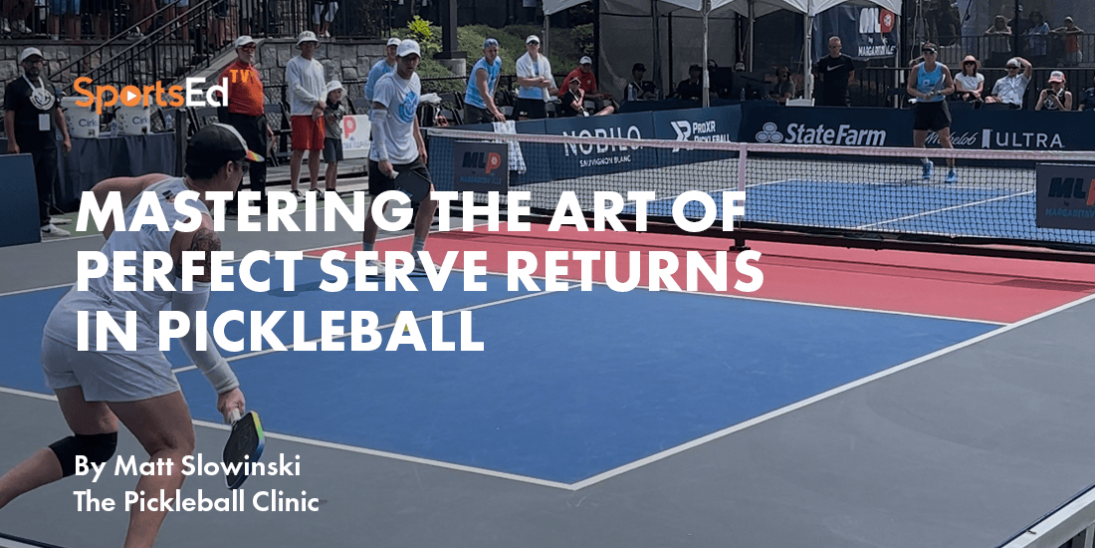Pickleball
Welcome and thanks for visiting...

The 5 WORST Backhand Dink Mistakes in Pickleball
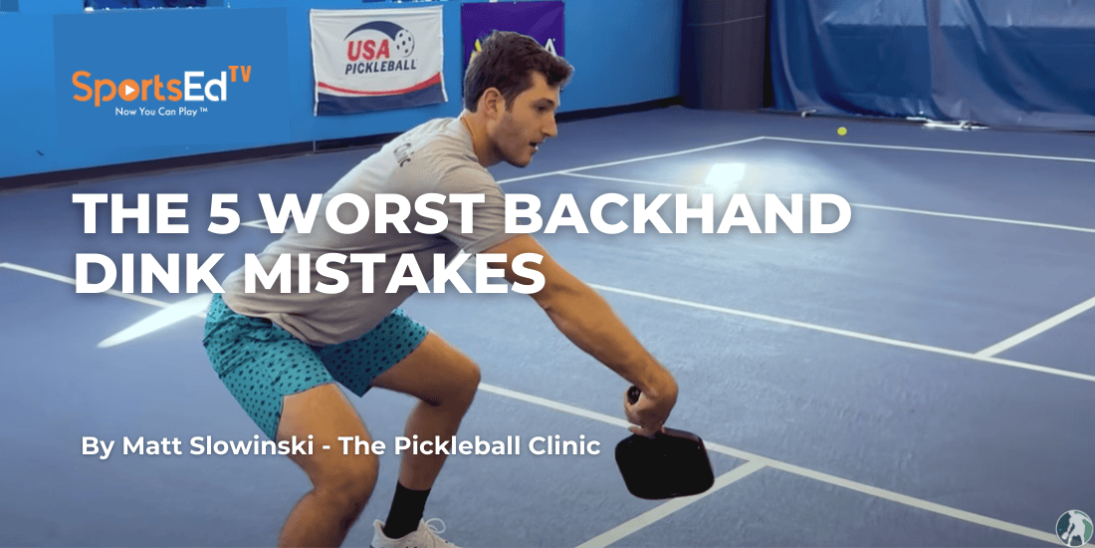
If you're struggling with your backhand dink in pickleball, you're likely making one of the worst five backhand dink mistakes. The backhand dink is a challenging yet essential shot that can elevate your game to new heights. Without mastering it, reaching a higher skill level is nearly impossible. Let’s break down these mistakes, learn how to correct them, and turn your backhand dink into a weapon that opponents fear!
1. Cutting the Ball with a High-to-Low Swing
One common mistake is taking a high-to-low-to-high swing to cut the ball. Many players do this to create spin, but this often leads to popping the ball up, making it easy for opponents to attack.
Instead, focus on these adjustments:
- Open your paddle face. This allows you to generate slices without an exaggerated swing.
- Swing straight through. Start behind the ball and follow through to your target in a straight line.
By eliminating the unnecessary cut, you'll maintain better control and avoid those frustrating pop-ups.
2. Bending Your Elbow
A bent elbow often leads to chopping through the ball, resulting in inconsistent shots. This mistake ties back to the exaggerated cut and creates too many moving parts, increasing the likelihood of errors.
To fix this:
- Keep your elbow straight. From the start to the finish of your swing, let your dominant shoulder control the motion.
- Maintain a consistent finishing position. Your paddle should align with the level of your shoulder after the swing.
This straight-arm technique applies to all backhand dink types—whether flat, sliced, or rolled.
3. Flicking Your Wrist
Improper wrist movement is a widespread issue that can ruin your consistency. Many players attempt to flick at the ball, which leads to over-acceleration and a loss of control.
Here’s how to improve:
- Set your wrist up and back. This position allows you to lift the ball effectively.
- Keep the wrist locked throughout the swing. Avoid flicking to ensure stability and prevent errors.
- Maintain an open paddle face. The paddle tip should always be above the wrist for optimal control and spin.
4. Poor Footwork and Reaching for the Ball
Even the best swing won’t help if your positioning is off. Reaching for the ball instead of moving to it results in flicks, slices, and pop-ups.
Correct this with the following:
- Move your feet to get behind the ball. Always find your ideal contact point, typically just inside your outside foot.
- Slide laterally like a crab. Stay low and move side to side to position yourself properly for each shot.
Practicing a simple catching drill can help you develop this habit and improve your overall consistency.
5. Standing Upright Instead of Bending Your Knees
A common mistake is standing upright during a shot, which makes it challenging to get under the ball. This often leads to missed shots or balls hitting the net.
To fix this:
- Bend your knees deeply. Adjust your stance to match the ball’s height and stay balanced.
- Avoid bending your back. A bent back leads to poor paddle positioning and instability.
By staying low and balanced, you’ll be able to execute consistent, well-placed backhand dinks.
Bonus: Mistake with Two-Handed Backhand Dinks
If you're adding an offensive two-handed backhand dink to your arsenal, avoid rolling over the top of the ball. This reduces spin and control.
Here’s how to perfect it:
- Start under the ball and swing up. This ensures proper topspin.
- Keep the paddle face toward your target. Follow through up to your shoulder for consistency.
Avoid covering the ball by staying on the same side and creating spin through upward motion.
You'll transform your backhand dink into a reliable shot that frustrates opponents by addressing these five key mistakes (and the bonus tip for advanced players). Remember, consistent practice and proper technique are the keys to success. Master the backhand dink, and you'll take your pickleball game to the next level!




